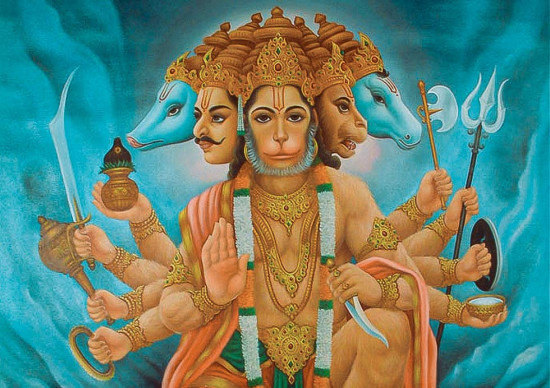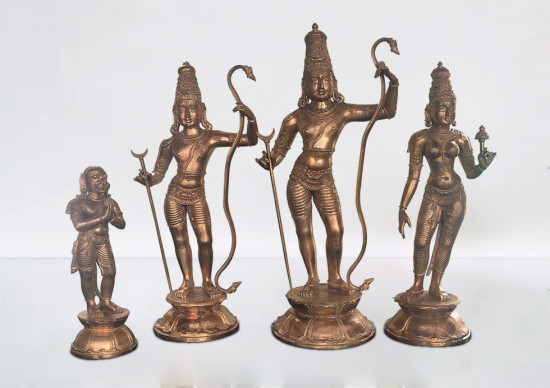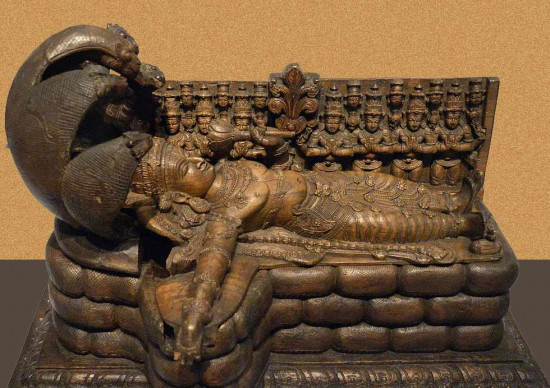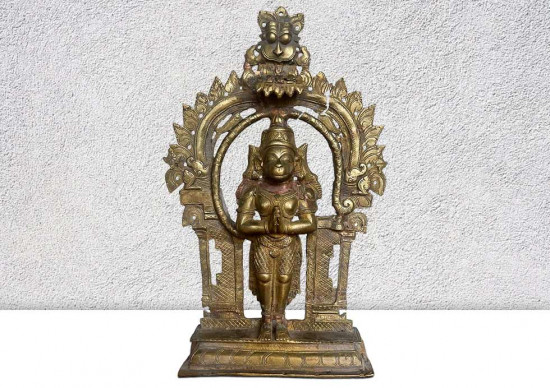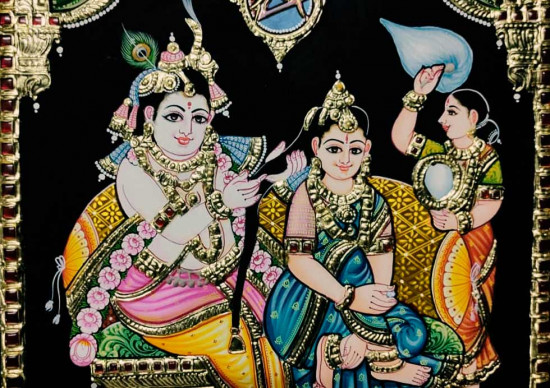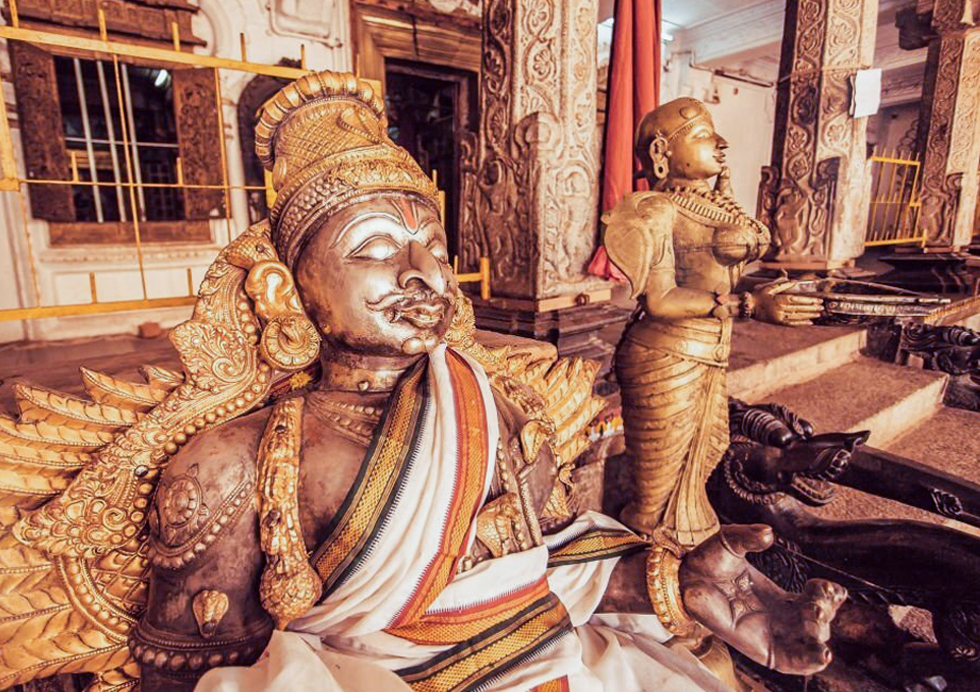
Metal art has a rich history in India since ancient times. India’s metal craftsmen have been creating masterpieces for centuries. From the time of the rishis-munis, who were revered sages and scholars of ancient India, to the present day, metal art has been a major aspect of Indian culture.
Metal art in India, a land of cultures, includes a very large and wide range of techniques and styles. These series include techniques like brass casting, silver zardozi work, goldsmith and copper utensils etc. The techniques of these amazing metal arts have been passed down from generation to generation, and many families continue to practice the traditional art form as metal craftsmen. Even today these techniques are alive only because of these traditional artists. Be it the lost-wax technique of Chola bronzes of South India or Thewa art of Rajasthan of North India.
From intricate carvings on temples and traditional ornaments to idols of gods and goddesses, metal art can be seen all around us even today in India. Metal art also plays an important role in modern Indian art and design, with contemporary metal artists blending traditional techniques with modern aesthetics to create unique pieces of art. Metal art forms an integral part of the cultural heritage of India and is celebrated and admired for its beauty, craftsmanship and enduring legacy. In this article we are going to know about the history of metal art in India.
Metal art in India, a land of cultures, includes a very large and wide range of techniques and styles. These series include techniques like brass casting, silver zardozi work, goldsmith and copper utensils etc. The techniques of these amazing metal arts have been passed down from generation to generation, and many families continue to practice the traditional art form as metal craftsmen. Even today these techniques are alive only because of these traditional artists. Be it the lost-wax technique of Chola bronzes of South India or Thewa art of Rajasthan of North India.
From intricate carvings on temples and traditional ornaments to idols of gods and goddesses, metal art can be seen all around us even today in India. Metal art also plays an important role in modern Indian art and design, with contemporary metal artists blending traditional techniques with modern aesthetics to create unique pieces of art. Metal art forms an integral part of the cultural heritage of India and is celebrated and admired for its beauty, craftsmanship and enduring legacy. In this article we are going to know about the history of metal art in India.

First, let's Understand what Metal Art is?
The term “metal art” describes the production of works of art or statues made of several metals, including brass, copper, silver, gold, bronze, and iron. For example, Chola bronze art, where artists use bronze metal to create statues. You must have heard about the famous paintings of south India, the Tanjore paintings; they are also an example of metal art, as gold is used in those paintings. The art of making ornate jewelry is also an example of metal art; basically, the art where metal is used to create works of art is known as metal art.
History Of Metal Art In India
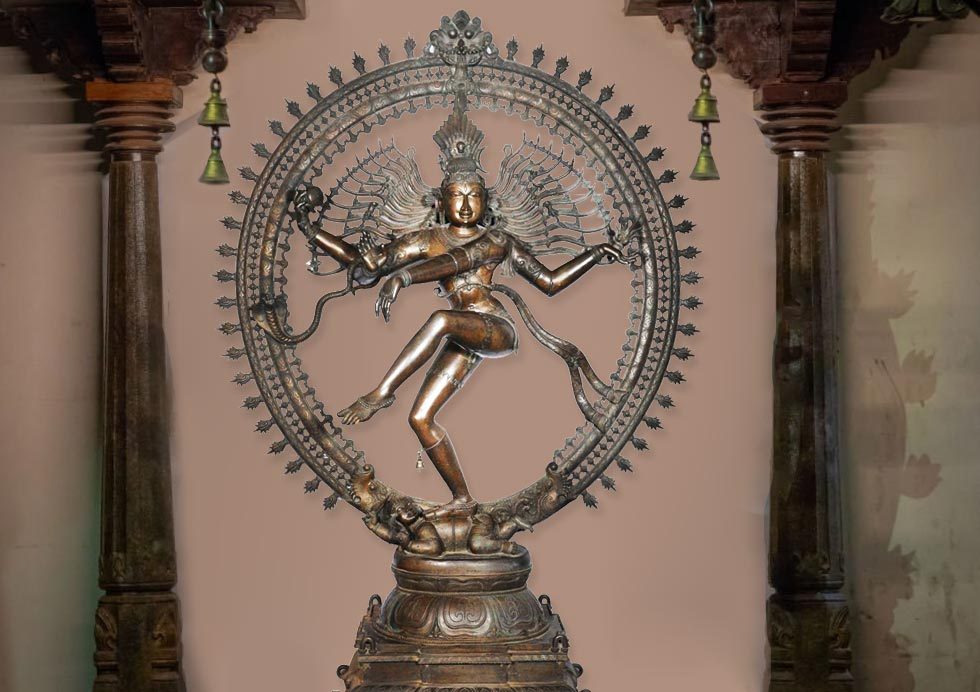
India has a long tradition of metallurgy and metalworking, with artisans producing a variety of metal art objects for use in daily life as well as for religious and ceremonial purposes. For use in daily life, such as windows, doors, farming tools, etc., and for religious purposes, idols of gods and goddesses are made.
Metal Art in Ancient India
One of the earliest civilizations in the world is the Indus Valley Civilization, known for its advanced metallurgical techniques. Indus Valley Civilization, which existed from about 2600 to 1900 BC, Metal artists in this civilization produced a wide variety of bronze artifacts, including animal figurines, deity figurines, human figurines, tools, and weapons.
The Harappan Civilization, a subculture of the Indus Valley Civilization, is known for its intricate and highly detailed bronze figures. You will get to see many metal arts made during the Harappan civilization even today. The people of Harappan civilization did not use iron but used copper and stones. Another subculture of Indus Valley Civilization, Mohenjo Daro’s bronze dancing girl statue is still famous all over the world.
The Mauryan period is considered the golden age of Indian art and architecture. The Maurya period was from 321-185 BCE. The artisans of the Maurya period were very skilled in metal art. They used to make idols of brass and silver with great skill. The sculptures made during the Mauryan period were largely inspired by Buddhist and Jain religious teachings. These artisans were skilled in making not only metal sculptures but also jewelry, weapons and household articles. You can still see a lot of sculpture and architecture built during the Mauryan period.
The Harappan Civilization, a subculture of the Indus Valley Civilization, is known for its intricate and highly detailed bronze figures. You will get to see many metal arts made during the Harappan civilization even today. The people of Harappan civilization did not use iron but used copper and stones. Another subculture of Indus Valley Civilization, Mohenjo Daro’s bronze dancing girl statue is still famous all over the world.
The Mauryan period is considered the golden age of Indian art and architecture. The Maurya period was from 321-185 BCE. The artisans of the Maurya period were very skilled in metal art. They used to make idols of brass and silver with great skill. The sculptures made during the Mauryan period were largely inspired by Buddhist and Jain religious teachings. These artisans were skilled in making not only metal sculptures but also jewelry, weapons and household articles. You can still see a lot of sculpture and architecture built during the Mauryan period.
Metal Art In Medieval India
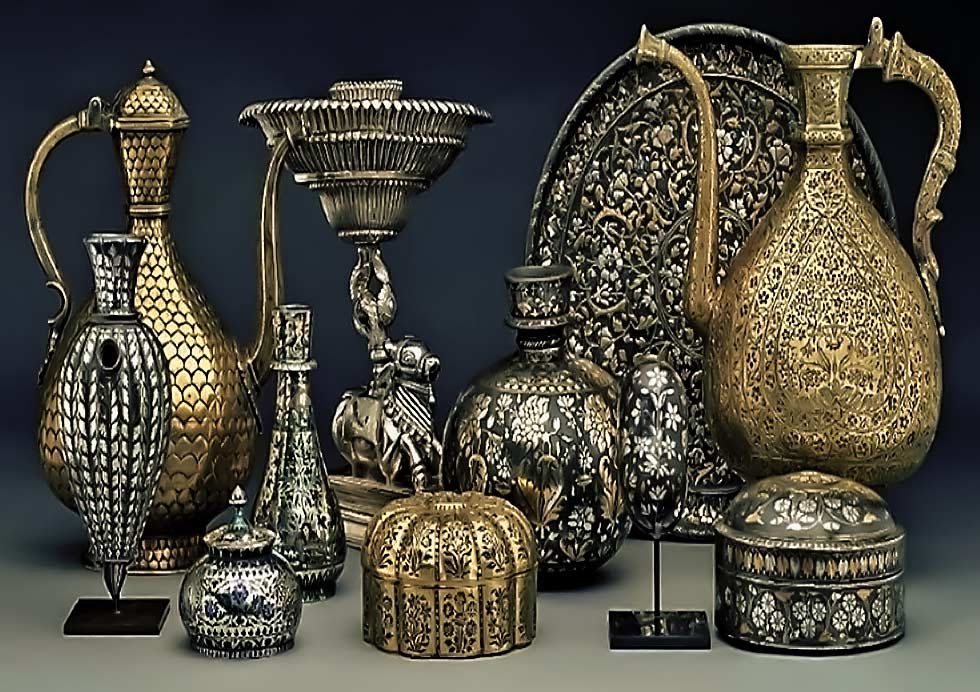
Islamic rule emerged in the medieval period of India. The Mughal emperors made their empire the most prominent dynasty of medieval India. They cherished metal art and supported it generously. India saw great development in metal art under the patronage of the Mughal emperors.
Mughal artisans created a distinctive type of metal art by combining Central Asian, Persian, and existing Indian metalworking methods. Mughal metalwork was distinguished by its intricate patterns, exquisite zardosi craftsmanship, and the use of precious gems and pearls. The Taj Mahal, one of the most famous structures of the Mughal Empire, is decorated with elaborate lattice screens made of metal and marble.
Mughal artisans created a distinctive type of metal art by combining Central Asian, Persian, and existing Indian metalworking methods. Mughal metalwork was distinguished by its intricate patterns, exquisite zardosi craftsmanship, and the use of precious gems and pearls. The Taj Mahal, one of the most famous structures of the Mughal Empire, is decorated with elaborate lattice screens made of metal and marble.
Metal Art In Colonial India
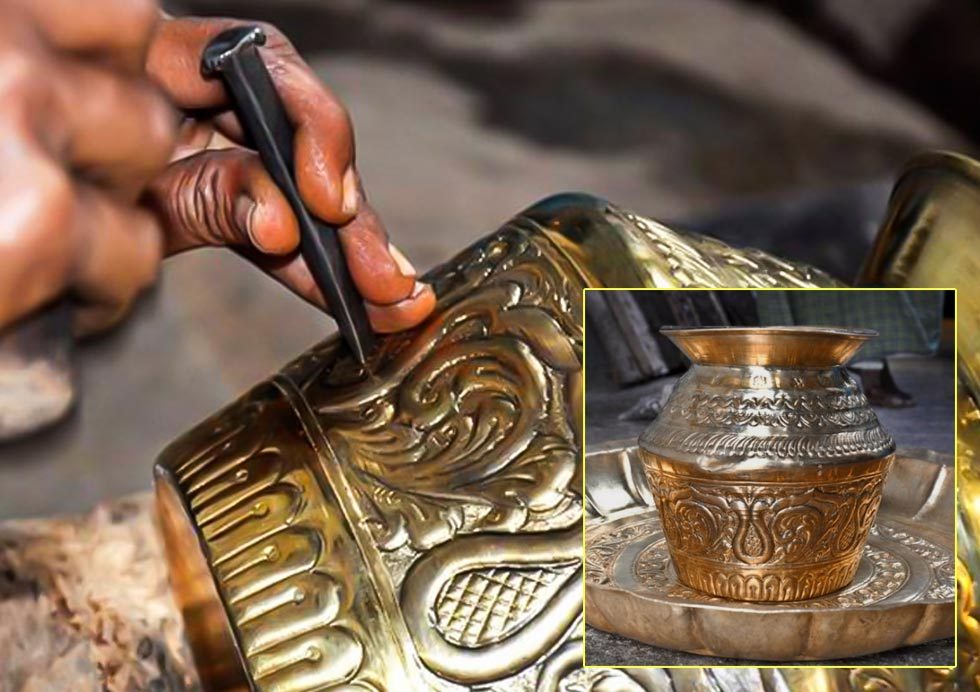
There was a lot of change in the colonial period in India. Traditional metalworking techniques saw a steep decline due to the introduction of machine-made goods. However, there was still a demand for Indian metal art, particularly in Europe, where Indian metal work was highly valued. The British government established a number of schools of arts and crafts in India, which helped preserve and promote traditional Indian metalworking techniques.
Metal Art In Modern India
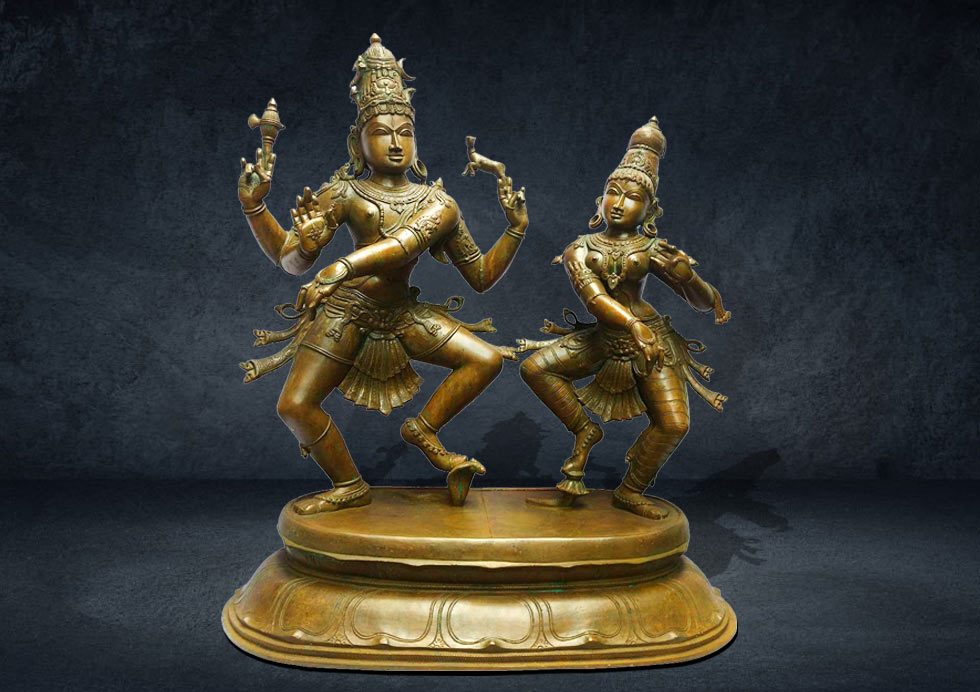
Metal art has always evolved and adapted to varying preferences and fashions in contemporary India. Indian artisans are renowned around the world for their exceptional talent in metalwork.
A vast range of metal art pieces, such as idols of gods and goddesses, other traditional sculptures and decorations, as well as ornamental items and art installations, are expertly crafted by Indian artisans.
A few of India’s most well-known metallurgical hubs are in Tamil Nadu, Jaipur, Jodhpur, and Moradabad. A number of institutions have also been set up by the Indian government to promote and protect indigenous metallurgical practices.
In Hindu iconography, Goddess Durga is depicted with ten arms, each holding a different weapon. These weapons represent the various qualities and powers of the goddess, including the trident of Shiva, the discus of Vishnu, the bow and arrow of Kama (the god of love), and the thunderbolt of Indra (the king of gods). The goddess is also depicted riding a lion or tiger, which represents her power and courage, as well as her ability to overcome obstacles.
The symbolism of Goddess Durga is significant, as it represents the power to overcome obstacles and the victory of good over evil. Her ten arms represent her ability to protect her devotees from all directions, and her fierce and protective aspect is seen as a representation of the strength and resilience of the feminine. The lion or tiger she rides represents her fearlessness and the control she has over her instincts and emotions.
During the festival of Navratri, which is celebrated over nine nights in honor of the goddess Durga, devotees worship her and seek her blessings for prosperity, success, and protection. It is believed that invoking the goddess during this period can help one overcome all obstacles and achieve their goals.
A vast range of metal art pieces, such as idols of gods and goddesses, other traditional sculptures and decorations, as well as ornamental items and art installations, are expertly crafted by Indian artisans.
A few of India’s most well-known metallurgical hubs are in Tamil Nadu, Jaipur, Jodhpur, and Moradabad. A number of institutions have also been set up by the Indian government to promote and protect indigenous metallurgical practices.
In Hindu iconography, Goddess Durga is depicted with ten arms, each holding a different weapon. These weapons represent the various qualities and powers of the goddess, including the trident of Shiva, the discus of Vishnu, the bow and arrow of Kama (the god of love), and the thunderbolt of Indra (the king of gods). The goddess is also depicted riding a lion or tiger, which represents her power and courage, as well as her ability to overcome obstacles.
The symbolism of Goddess Durga is significant, as it represents the power to overcome obstacles and the victory of good over evil. Her ten arms represent her ability to protect her devotees from all directions, and her fierce and protective aspect is seen as a representation of the strength and resilience of the feminine. The lion or tiger she rides represents her fearlessness and the control she has over her instincts and emotions.
During the festival of Navratri, which is celebrated over nine nights in honor of the goddess Durga, devotees worship her and seek her blessings for prosperity, success, and protection. It is believed that invoking the goddess during this period can help one overcome all obstacles and achieve their goals.
In conclusion
Metal art has contributed significantly to the cultural history of India and is still an active and dynamic form of artistic expression there now. Metalworking has long been ingrained in Indian culture, from the earliest Indus Valley Civilization to contemporary artists.

